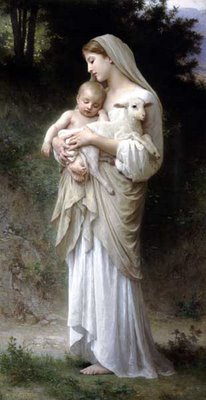Water Babies Creativity
This Christmas, my mother, brother and I made water babies for Christmas Gifts. First we put the water babies crystals into the water. After about two hours, the water babies would have grown full-sized as shown in the pictures above.
Next, we took out all the empty bottles which we would like to put the water babies. We drained out all the water and placed the water babies into the empty bottles. We put them into layers of different colours as shown in the pictures below.
After all the water babies were put into the containers, we wiped dry the bottles. After that, we painted the covers of the containers. Then we decorate the covers with glitters.
It was so much fun making the water babies. We had so much fun but it was a lot of things to clear and tidying up. It was no fun clearing all the mess after that.
Labels: recycle water bottles, water babies, water baby arts










